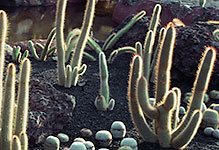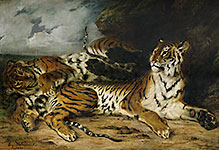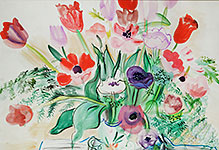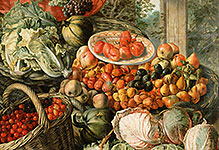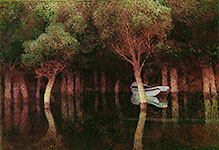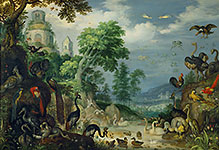
Nature
Plants and flowers. More - trees, fruits, animals etc. - to be added soon!

#03060125
Carved water tortoise from Allahabad, India, 17th century. The turtle is a "Ka...

#03060126
Pillar capital, Kushan dynasty, 1st CE. Covered with Prakrit inscriptions in the...

#03060128
Limestone relief panel depicting the departure of Prince Siddharta; from the dom...

#03060134
Relief showing a scene from a sutra. From Borobudur, Java, 750-850 CE.

#03060141
Marble relief figure of Sarasvati, from Malwa, central India, early 11th. Althou...

#03060148
A pair of fragments of silk, 3rd - 5th CE. These two fragments might once have f...

#03060150
Pottery jar with dragon handles, chinese, 4th-3rd BCE. This funerary jar of the...

#03060151
Avalokiteshvara found in Dunhuang Caves, China; 910 CE. The central figure of A...

#03060153
Painted wooden panel showing riders with bowls into which birds dive, from Danda...

#03060164
Archaistic jade ring in the form of a dragon and a boy, Ming dynasty, 15th-16th...

#03060169
A procession of Chinese dignitaries, 1808. The procession, including a palanquin...

#030602 2
Bahram hunting. From the "Five poems of Nizam",1539-1543 ID: Or 2265 fol f 202...
